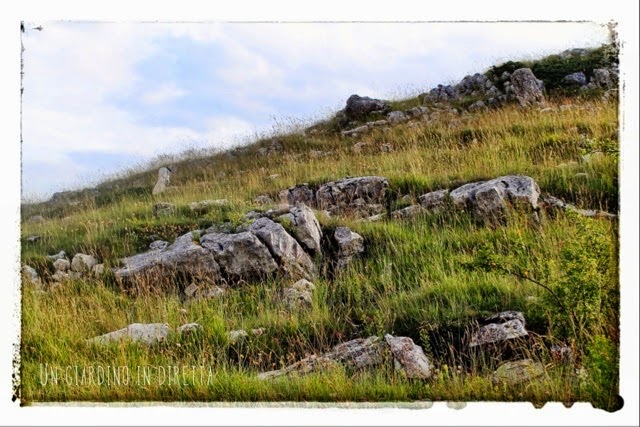 |
| I giardini botanici alpini d’Europa |
With the help of a private donation, Munich Botanic Garden has prepared a map of Arctic and Alpine Botanic Gardens in Europe. 66 gardens met the criteria for inclusion: 44 gardens at high altitudes (>1200 m a.s.l.); 5 gardens near the Polar Circle (>64°N); 17 gardens neither in high altitudes nor near the Polar Circle, but dedicated exclusively to alpine and arctic plant species. With 25 alpine botanic gardens, Italy holds the greatest number and one is in Lucoli (AQ): the Giardino Botanico Appenninico Campo Felice.
| Crocus vernus in Campo Felice Garden – Photo R. Soldati |
The panel will be available as pdf-download for the whole community of Arctic and Alpine Botanic Gardens.
One of the conclusions of the previous conference in Lautaret in 2006 was that a hardware table, which gives a survey of all the Alpine and Arctic Botanic Gardens (AABG) in Europe, would be an attractive tool for every garden and would contribute to mutual publicity.
Munich Botanic Garden prepared this panel, with the financial support of a private sponsor and the patience of Christine Freitag for the layout. It was distributed during the 2009 conference as a pdf-file, so that each garden can adjust the size of the panel to its conditions. For the whole AABG community the panel is now also available as a download from the Lautaret webpage (http://sajf.ujf-grenoble.fr/).
To compile the list of gardens to be displayed on the panel, selective criteria for an AABG had to be agreed. Of course an AABG has to fulfill the general definition of a Botanic Garden, given by by BGCI (Wyse-Jackson 1999):
But many Botanic Gardens hold alpine collections interalia. Therefore the definition of an AABG was narrowed further to those gardens, which are:
• located in high altitudes; >1.200 m a.s.l., or
• located near the polar circle; >64°N, or 64 Networking
• dedicated exclusively to alpine and arctic plants
 |
| Photo by “Un Giardino in diretta” |
 |
|
|
http://giardinoindiretta. |
